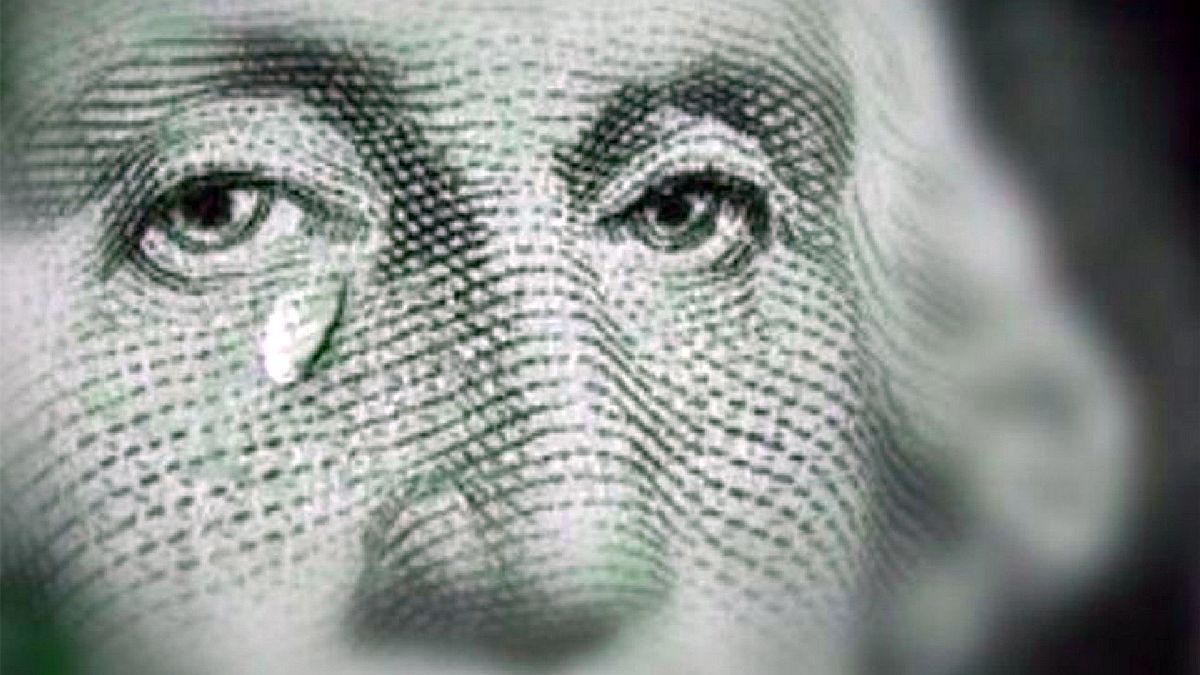There is no possibility of not agreeing and paying: there are no dollars
Failure to pay would add exchange rate uncertainty, causing the CCL Dollar to continue its upward climb, at the same time that it would further sink dollar bonds. Failure to agree in a scenario of shortage of Reserves would promote the departure of dollars from the BCRA and would produce a stagnation of the economy because decisions to carry out business are delayed.
FMI.jpg
Avoiding a default is not going to be easy
It is simple: there is a primary deficit of -3.5% of GDP and it will not disappear at a stroke, to which we must add that Argentina does not inspire confidence to refinance debts. Within this context, as of 2025 and only due to maturities of National Public Securities, US $ 9.5 billion expire, which increases to almost US $ 13,000 from 2028 and to US $ 14,500 from 2031. To this We must add the US $ 5 billion that will have to be paid to the IMF as of 2025 (we assume a 10-year agreement with 4 or 5 grace), the maturities of the Provincial Bonds and corporate financial debt. Urgently, it is necessary to have a primary surplus.
Social debt, without economic growth, makes it difficult to lower the primary deficit
The primary red of 2021 will be between -3% and -3.5% of GDP, without counting the extraordinary income of the SDR. In the 2022 Budget, a primary deficit of -3.3% has been set, while the IMF would tolerate a red of -2.5% of GDP. We not only believe that it is achievable, but that it will be a goal that the Government will meet, although the Solidarity Contribution and the improvement in international prices will not be there, but on the spending side, the Covid (ATP) items should not be repeated. and IFE). The problem is the path to reach 2025 with equilibrium or a surplus of up to 2% of GDP, which is desirable to be able to refinance debt maturities in the capital market in an inflationary context that will cause retirement mobility to increase by at least 50 % in 2022 and poverty that hardly falls below 41%, which always jeopardizes any decline in public spending, so that all the effort falls on the contribution of income, and for this it is key that there is a sustainable economic growth.
GDP + 3% in 2022: little taste
It is because there will be a statistical drag of 2% by 2022. Thinking of growth greater than 3% today is difficult because in the world there will be a restrictive monetary policy that will affect the prices of raw materials, to which we must add the context of shortage of dollars in which Argentina. It is that even when agreeing with the IMF, there will be restrictions on production due to obstacles to imports (they are not transitory because there are no dollars). Without going any further, the Leading Index shows no signs of an incipient recovery.
Consumption and wages, stagnant ?: probably and it will be because of inflation
Without an anti-inflationary plan, the prices of the economy will increase above 50%, and considering that the utilization of installed capacity is below 65%, we do not see that there will be personnel taking. The profitability of companies, without a pro-business climate, in the best scenario will be slightly higher, therefore with inflation of 50% or more, it is hard to believe that salaries will win in real terms. This will limit the growth of consumption.
INDEC SUPERMARKET FOOD PRICE

Telam
Inflation with a floor at 50% in 2022 is possible
Next year there should be an exchange rate adjustment of at least 38%, which is the rate that the BCRA pays for monetary liabilities. This increase in the value of the dollar should cause inflation of at least 13.3%, considering a pass through of 35% due to the trampling of various prices in the economy. Assuming that the monthly price increase was reduced to 2.75%, variations that show 38.5% per year; but added to the transfer of the dollar to prices, inflation in 2022 would be above 51.7%. Of course, the government has the upper hand, so it will be necessary to see if it launches an anti-inflationary plan or not.
The Government has no alternative but to adjust the wholesale dollar and narrow the gap with the stock markets
The BCRA’s monetary policy is inflationary, since the Base increases when the Reserves fall. Even Monetary Liabilities do the same; which a priori tells us that the devaluation rate should be the same as the cost paid by the BCRA when it places debt. If we think that the exchange rate adjustment rate is 21% per year (so far this year it increases 20% against inflation of 51%) and that the Leliq rate is 38% per year, the dollar should increase, minimally, 17%, that is, because of the differential.
dolar.jpg
The best recipe to face the devaluation, if we have funds, are the Dollar Linked and those that adjust for CER
Those who choose Dollar Linked assets are wrong, because they already have at least 8 points of future devaluation implicit in their prices; On the other hand, 35% to 40% of the nominal jump in the exchange rate will be reflected in inflation. Among those that adjust by dollar, the recommended ones are T2V2 and TV23; while those that adjust by CER must be constantly analyzed because they are so in demand that they are compressing the rate.
Taking this into account, at this moment we see better positioned TC25P, TX26, TX28 and the DICP, but it must be considered that with these bonds the duration of the portfolio is extended, with which volatility appears. Also noteworthy are fixed rate bonds TO23 and TO26, which are the most exaggerated on the curve if we consider inflation for the next 12 months of 52%; and the PR15, which adjustment can be bad and has an IRR of only 47.3% per year, the duration is barely half a year.
President of Wise Capital.
Source From: Ambito




